When you’re writing about a country’s history and/or culture, you sometimes feel like being lost in a jungle because there is not a thing that happens in a vacuum. Which topic do you tackle first in order to have the readers understand things better? It’s a tough task because you have to look forward and back (and left and right, and everywhere in between), sometimes on the scale of millennia.
Last week, I talked about the old nobi system of Joseon and more than two years ago, I had written something about the Korean last name Kim. You will find that these two seemingly disparate topics are intricately intertwined. Today, let’s take a look at the person who is the first of the Gimhae Kim family (close to 10% of the Korean population) and the mystery surrounding his marriage. It’s actually quite romantic.
When we talk about the Three Kingdoms period of Korea, which lasted from the 1st century BCE (Before Common Era) to the 7th century CE, we are referring to Goguryeo (고구려), Baekje (백제), and Shilla (신라) dynasties that fought one another for centuries, until Shilla eventually wins out in 676. I’ve very briefly touched on this before, but there’s a faction of historians who assert that the same period should be called the period of Five Kingdoms. The abovementioned three plus Buyeo (부여) up north and Gaya (가야) down south, which had existed for 800 and 500 years respectively and each with their own unique history and flourishing culture to boot! How do you discount those two?1
The Kingdom of Gaya was founded by a man named Kim Suro (김수로) 2000 years ago in 42 CE. It is a little unclear on how this all came about but Kim Suro is believed to have been one of the very first, if not the first, people who used a last name in Korea. He is also known simply as King Suro (수로왕) and legend tells us that he was born from a golden egg, just as the founders of Shilla and Goguryeo dynasties were born from eggs.
Not much is known about the life of King Suro, except that he founded Gaya in Gimhae, a city next to Busan, and thus the first of his name Gimhae Kim. Gimhae is a very old name and is written in Chinese as 金海. For those of you who can read Chinese, you can immediately tell that the city must have been rich in iron ore, as it literally means, “Sea of Iron.” True to its name, the Kingdom of Gaya is known for its steel work and skilled blacksmiths.
The following story of King Suro is in Samguk Yusa2 written by a Buddhist Monk Il-yeon during the 13th century…
In the 7th year of Suro’s reign in Gaya, a local King in Ayodhya (in India that is 2,800 miles ~4,500km away) had a dream in which he was told to send his 16-year old daughter to a “heaven-sent” King in a faraway land called “Garak” (가락, another name for Gaya) who is still not married. So, the King had 15 sailors to accompany the princess to Gaya on a ship, only to have them come back because of the rough waters.

The King then says to his daughter and the sailors, “Take these stabilizing stones on the boat. You will be safe.” The crew after two months of sailing lands at a Gaya port and the princess and King Suro marry. They were in love and ruled over Gaya together for the next 150 years before the princess/Queen passed away in 189 CE at the age of 157, and Kim Suro 10 years later in 199 CE. She was given the Korean last name Huh (허) and she’s the first of the Gimhae Huh family in Korea.
… so goes the legend of King Suro and how he met his wife.
The historical artifacts are still being excavated little by little, a lot of times by accident, but hampered by the fact that the area is heavily populated. Just to give you a teaser, there was an absolute doozy of a finding near the city of Gimhae that baffled everyone and still remains a mystery today. (I’ll get to it sometime later when there’s more information about it—so many unknowns surrounding it.)
Other than the founding story and how its first King is born, Gaya’s history is relatively less known, compared to the three other kingdoms. Only that it was a confederacy with 6 “states” and had the most advanced steel making technology at the time—swords, armors, decorative pieces, as some of them were shown in my National Museum of Korea post. The Kingdom of Gaya ceases to exist when it gets annexed to Shilla in the year 562.
Taking a sharp left turn here, what do you think is the most popular traditional Korean musical instrument?
I’m sure you’ve all seen this. This zither-like instrument has 12 strings and has been in existence since the mid 6th century. It is called 가야금, gaya-geum. The “gaya” of course coming from the name of the kingdom Gaya. This in part shows us that Gaya not only possessed advanced armory technology but also refined culture.
It is hard to believe. The first international marriage on record 2000 years ago. The aspect of international marriage isn’t terribly inconceivable, but someone from almost 3000 miles away that knew exactly how to navigate to the southern Korean coast?
Yah… Okay. It’s a cute story. But c’mon…, right? I mean, how do you even “sail” from a place that’s closer to Nepal and the Himalayas than any coastline in India?
It turns out that the city of Ayodhya sits on the bank of Ghaghara River that joins the Ganges that flows to the Bay of Bengal in Indian Ocean. Eh, okay, it doesn’t look impossible to “sail” out of there.3
But how do you reconcile the almost 3,000-mile journey to an unknown land with pinpoint accuracy 2000 years ago? Consider this. In a small island off of southern coast of Korea called Neuk-do (늑도) that is not far from Gimhae (about 50 miles), they found, among other evidence of overseas trade, remnants of old shellfish that are not found in Korean coasts that were used as currency in the Middle East and Eastern African coast more than 2000 years ago.
Not only that, in the tombs of Shilla dynasty royalty dated 3rd or 4th century, glass cups were buried—the same glass cups that were known to have been used in Persia and southern India. This is especially eyebrow-raising because Korean dynasties at the time didn’t have the technology to produce glass.
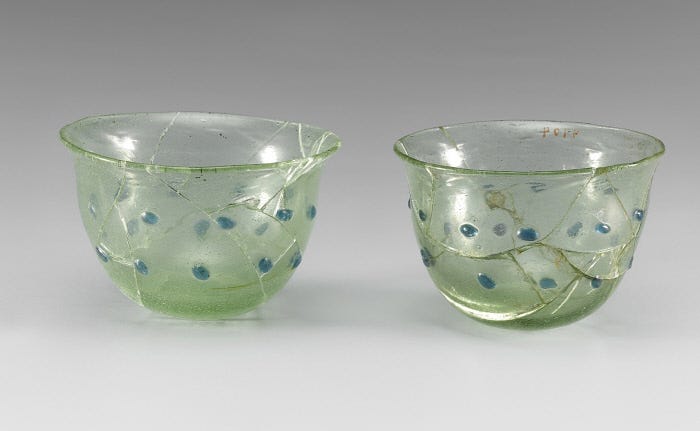
These findings, although inconclusive, at minimum don’t preclude the theory that says there was an established trade route from southern Korean coast to southeast Asia, to India, to Persia, and to even eastern African coast almost 2000 years ago (again, wait for that doozy of a finding post sometime later). The eastern African trade route is confirmed to have been established by the early 9th century at the latest, fyi.
Remember the “stabilizing stones” that the Ayodhyan King supposedly gave to his daughter for sailing, according to the legend? Next to the Queen Huh’s tomb, there is this thing called 파사석탑, Pa-sah Stone Pagoda. The Buddhist Monk Il-yeon (일연) writes about these stones and “testing it with chicken blood” in his Samguk Yusa written almost 1000 years ago, which tells us that 1). Il-yeon visited many different sites while he was compiling the book, and 2). someone had preserved these stones at this location for a very long time.
This type of stone is not found anywhere in Korea. Rather, abundant in southeastern Asia, parts of southern Japan, and of course India. By now you’re surely like, uhh… wait a minute…
Here’s the kicker. In 2004, researchers at Seoul National University studied the DNA found from the tombs of Gaya dynasty royalty. What they found was striking—mitochondrial DNA (DNA passed down through mothers only) of the indigenous people of Tamil Nadu, southeastern region of India that includes one of its biggest cities, Chennai. Google AI shows us very intriguing similarities.
Near downtown of Gimhae today (the airport for Busan is Gimhae International), there are two tombs that are separated by about 1 km (0.6 mile).
1 is Queen Huh’s tomb and 2 of course is King Suro’s tomb. As you can see here, the Queen’s tomb is more to the north, the grounds supposedly larger and more “auspicious.” Legend has it that this plot of land was originally earmarked for the King’s tomb but King Suro, when he lost his doting wife of 150 years, had her buried on the higher grounds so that she would have a better view of the ocean down south. And as shown on the map, the tomb is facing slightly southwest, in the general direction towards southeast Asia and/or India.

I’m always fascinated by how much we don’t know about our past, “our” being humanity as a whole. The more we dig into what mythical history tells us, there seems to be more layers than we imagined. Maybe these “old wives’ tales” are not just oral traditions after all, but somewhat embellished versions of true history. (Does that mean Kim Suro was really born from a golden egg?)
Because the oldest Korean history book that survives today, the Annals of Three Kingdoms (삼국사기), was about the three kingdoms with only marginal discussions about Buyeo and Gaya.
Whereas 삼국사기 (Annals of Three Kingdoms) is considered to be the official records of history, Samguk Yusa contains, in addition to actual history that is corroborated by the Annals, a collection of myths, legends, unrecorded history.
Around the 1st century CE, this Ayodhya region was under a different name, scholars argue. So, this “Ayuta” theory is out the window. But they also found that there indeed was a region called Ayodhya or something very similar in pronunciation to “Ayuta” in another part of India. Some scholars have argued that the Queen wasn’t from India but either from southeast Asia or southern Japan. It’s like an archaeological hunt for where Troy was.





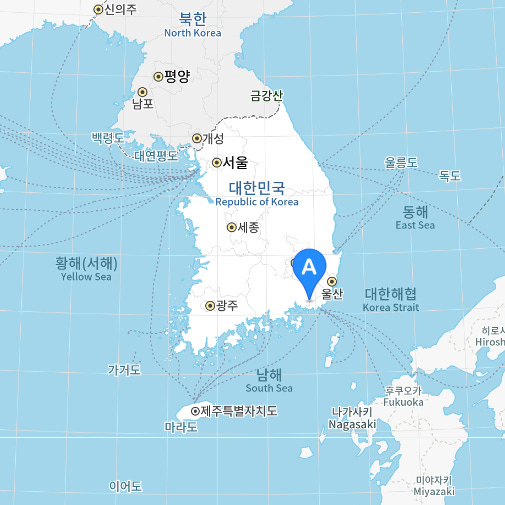
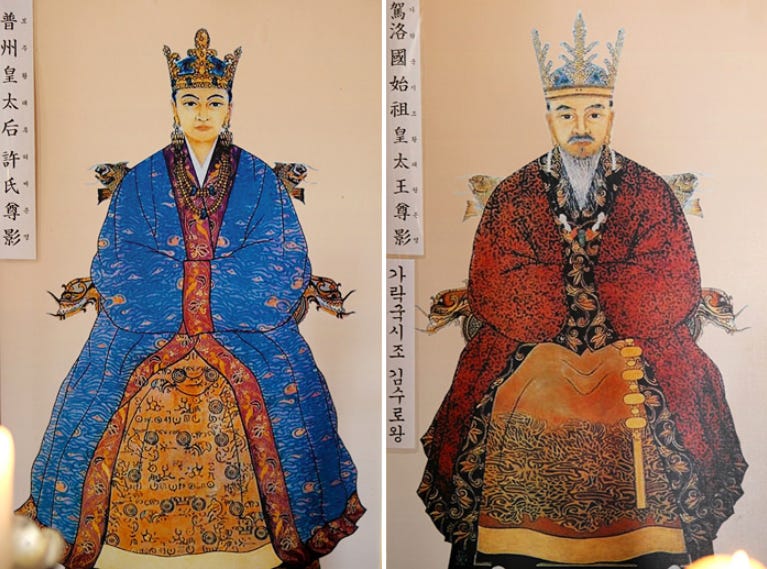
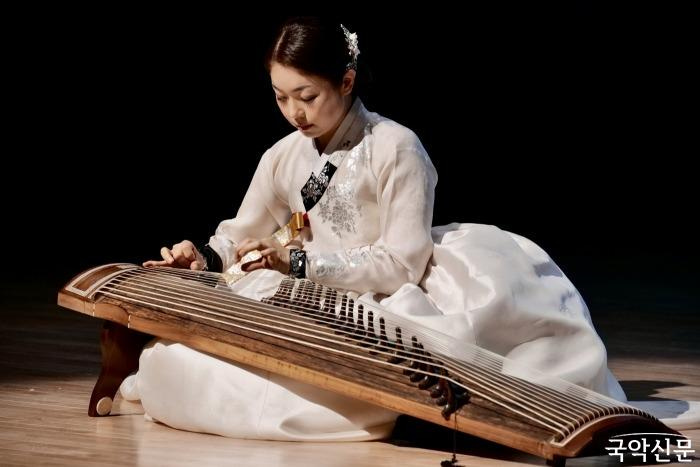


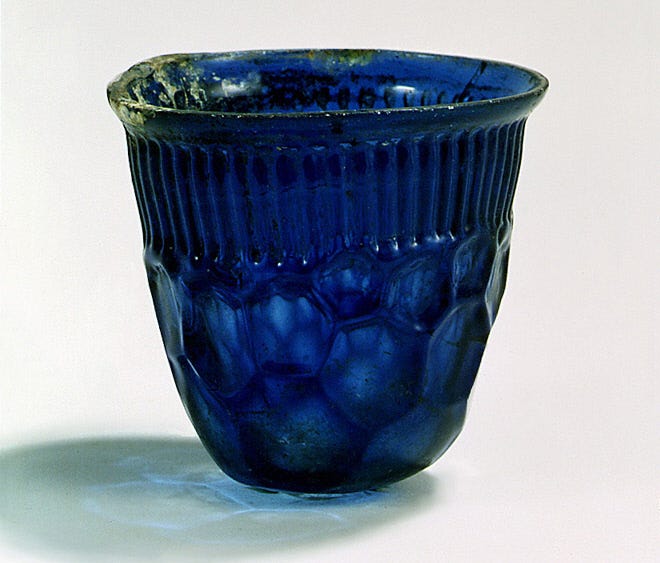
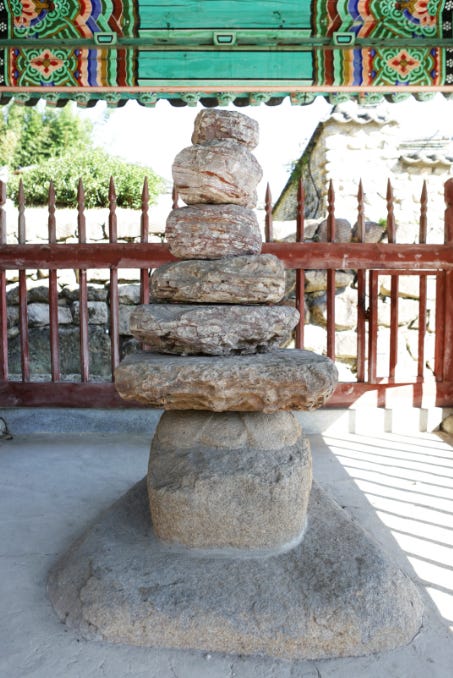


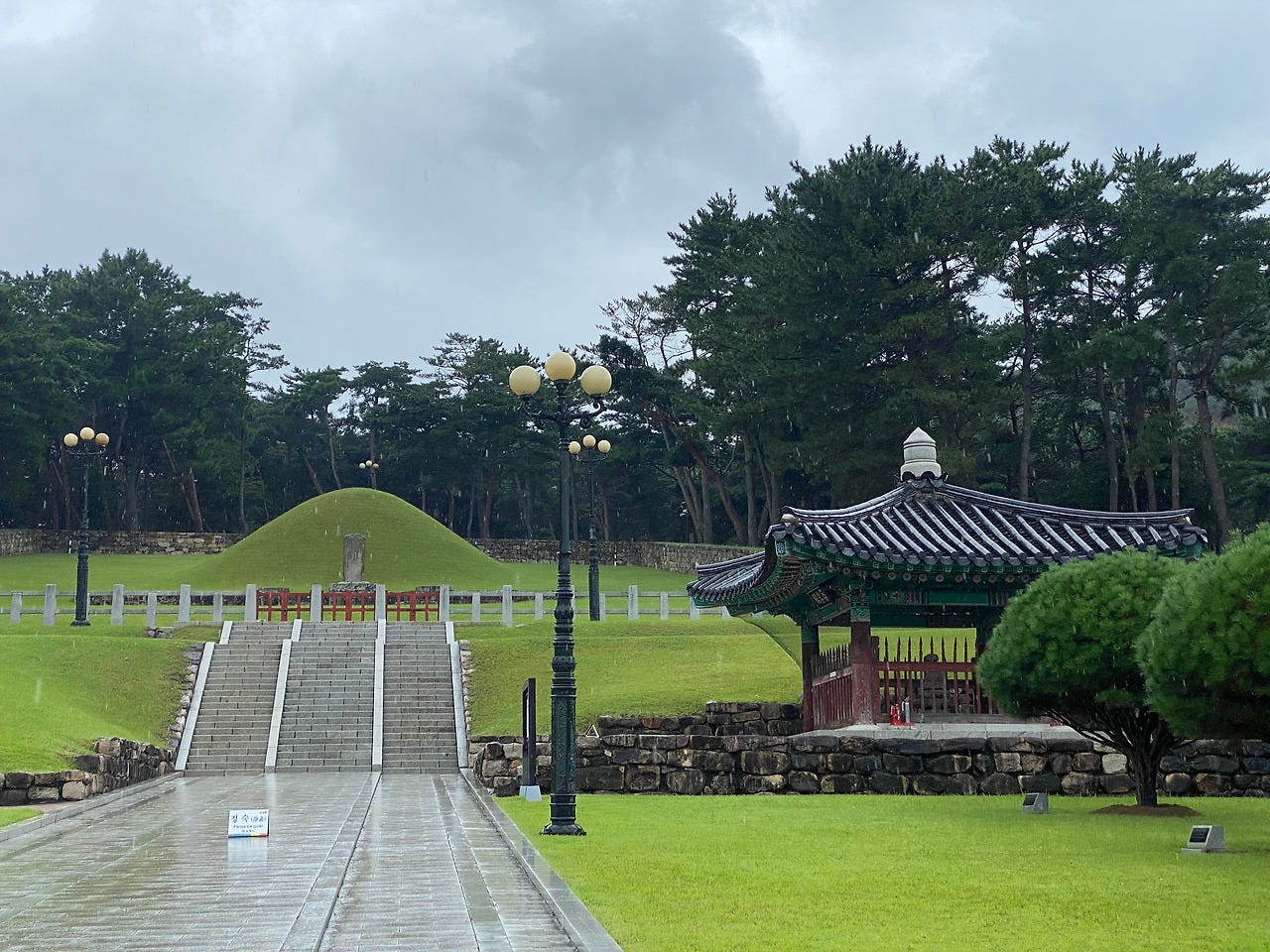
Wow, such a cool story! Thanks for sharing.
Fascinating!